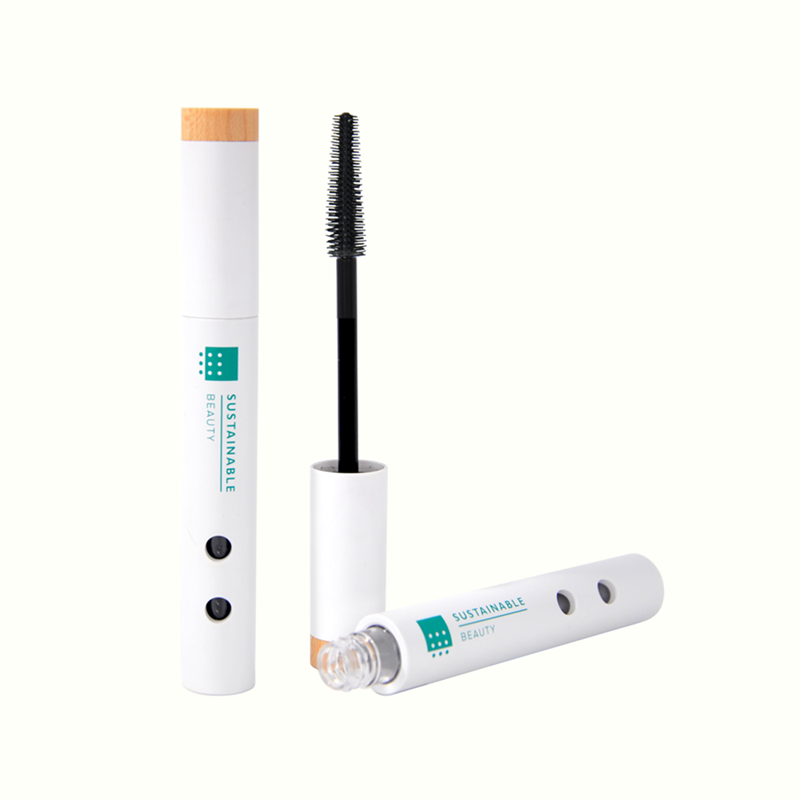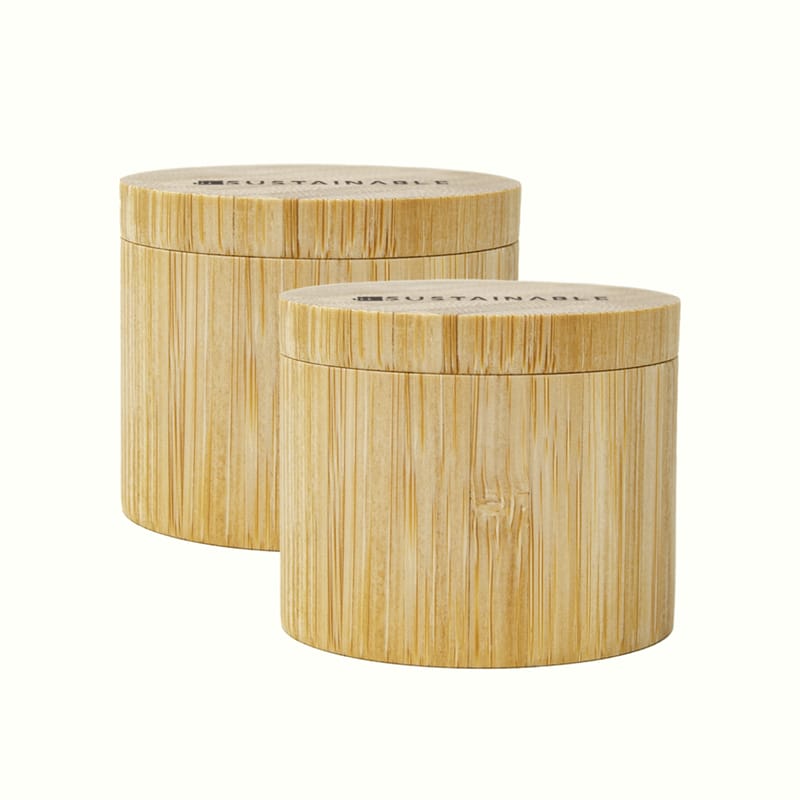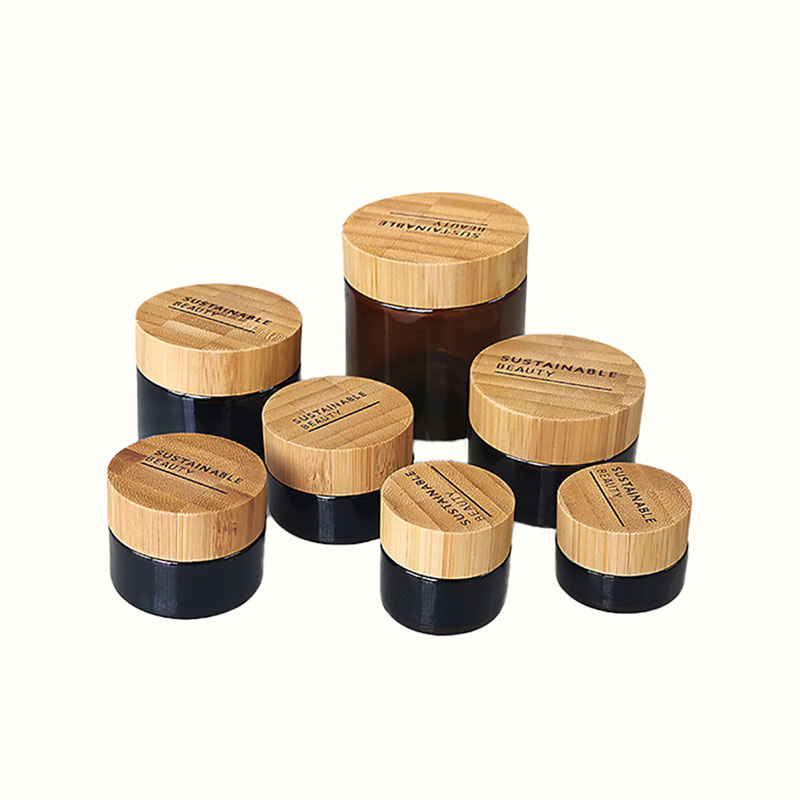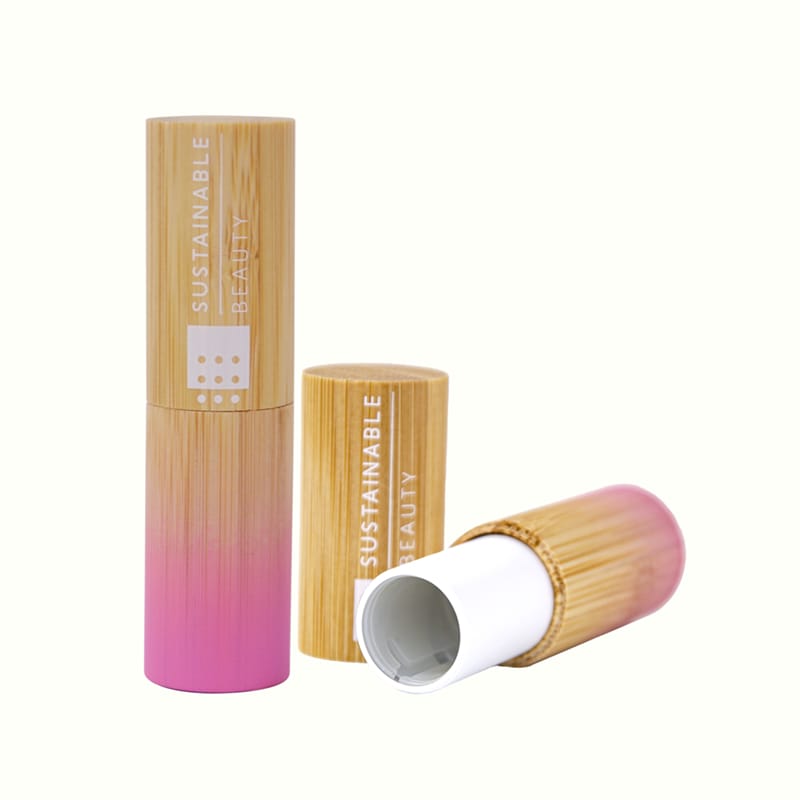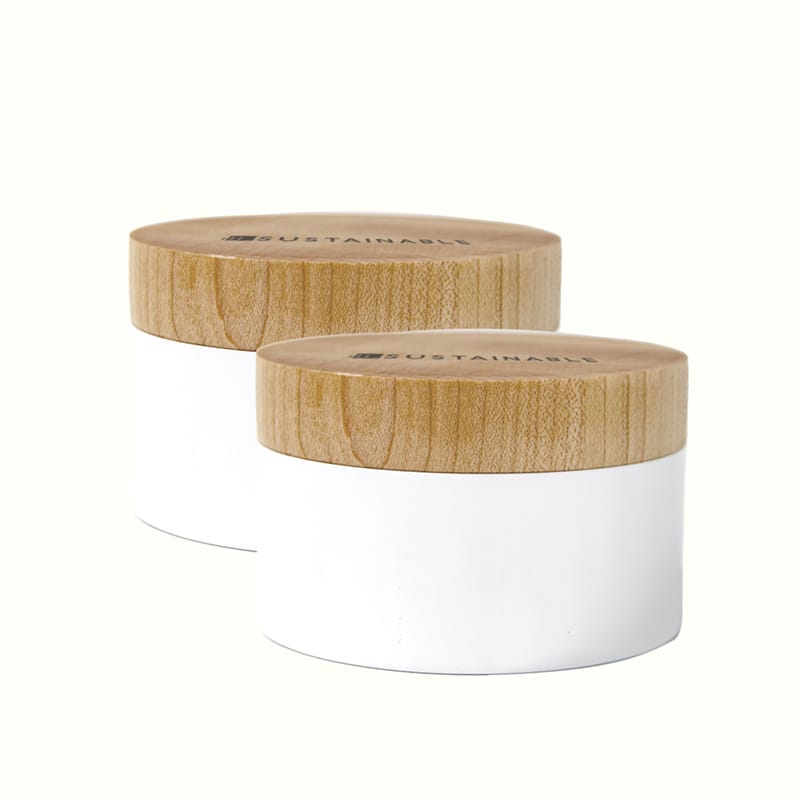Professional China Bamboo Compact Powder Packaging Manufacture - Hard Maple Wood+PLA Series Lip Stick Packaging Tube – YiCai
Professional China Bamboo Compact Powder Packaging Manufacture - Hard Maple Wood+PLA Series Lip Stick Packaging Tube – YiCai Detail:
Shapes and Design:
The product features an elegant and straightforward design. The design motif used by major brands pairs the white of PLA with the natural wood color of hard maple. 100% PLA is combined with hard maple. A full range of replaceable and refillable products are available from us, including refillable PLA lipstick packaging, refillable lip gloss packaging, refillable mascara tubes, refillable eyeliner packaging, refillable blush box packaging, refillable compact powder packaging, refillable loose powder packaging, refillable eye shadow packaging, etc. Each product has a minimum order quantity of 12000 pieces, and various surface treatments can be applied to give the product a sense of series.
Features
Replaceable, Recycle, and Reuse structures
PLA is a plastic produced from plant starch, not a real plastic. In contrast to conventional plastic, it is biodegradable because it is made from renewable materials like corn starch. PLA can be produced continually because it is made from natural resources. Comparing PLA plastic to its petroleum byproducts reveals some significant ecological advantages. For instance, PLA is naturally biodegradable in a controlled setting, returning to the earth, hence it can be categorized as a biodegradable and compostable material.
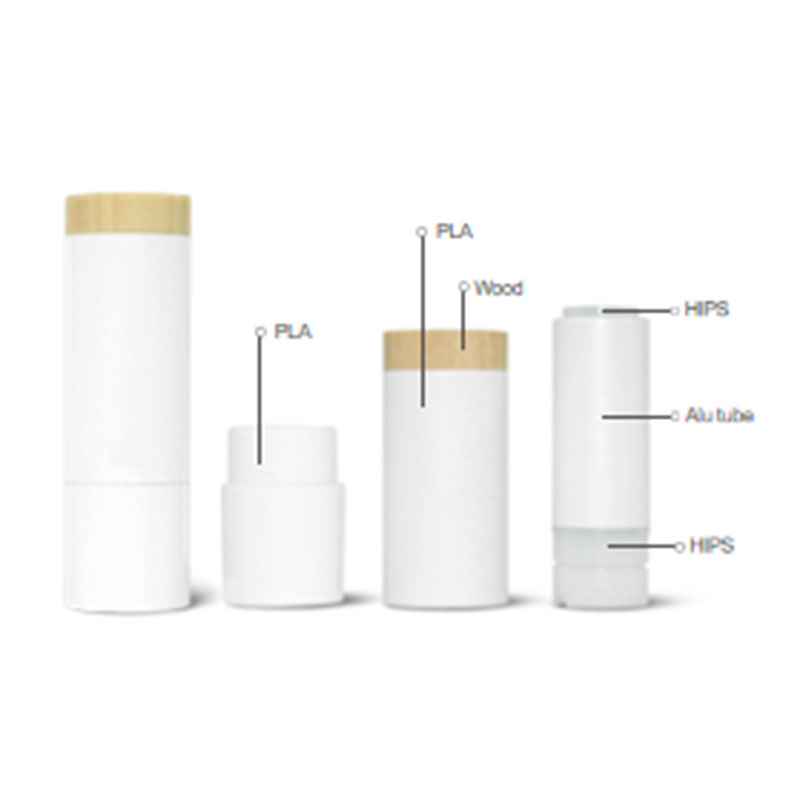
Excellent biodegradability applies to PLA. It can naturally breakdown into carbon dioxide and water under composting conditions and can be totally broken down by soil microbes 180 days after disposal. It does not harm the environment and lowers the amount of CO2 emissions and solid waste produced during the production of petrochemical products. Waste polylactic acid products can be disposed of using a variety of techniques, including composting and natural decomposition.
It is advised not to use PLA goods in environments that are hotter than 50 degrees since PLA is not heat-resistant. PLA will not dissolve naturally in the environment; rather, it will only do so in the specific setting in which it is utilized.
More Details of product
Free Samples
Free returns
Contact Us
Product detail pictures:
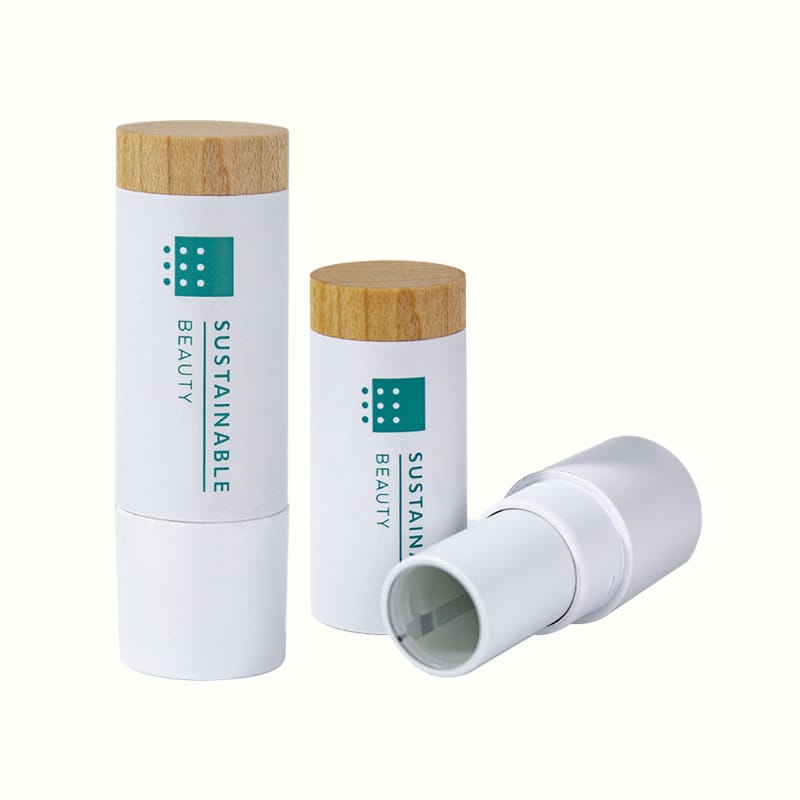








Related Product Guide:
eco-friendly packaging is becoming increasingly important as we look for ways to reduce our environmental impact. There are many different types of eco-friendly packaging materials available, including recycled cardboard, biodegradable plastics, and even mushroom packaging that is made from agricultural waste. Switching to eco-friendly packaging can help reduce waste and decrease the amount of harmful chemicals released into the environment. Professional China Bamboo Compact Powder Packaging Manufacture - Hard Maple Wood+PLA Series Lip Stick Packaging Tube – YiCai, The product will supply to all over the world, such as: Palestine, kazan, Wellington, Low carbon refers to actions or technologies that reduce the emission of greenhouse gases that contribute to climate change. Human activities, such as burning fossil fuels for energy and transportation, releasing methane from livestock and landfills, and deforestation, are the main sources of these emissions. To combat climate change and achieve a sustainable future, we need to transition to low-carbon economies and reduce our dependence on these activities. This requires a significant shift towards renewable energy sources, such as solar, wind, and hydroelectric power, as well as changes in our lifestyles, such as reducing meat consumption, using public transportation, and minimizing waste. By adopting low-carbon practices, we can protect our planet and ensure a healthy and prosperous future for all.
The goods are very perfect and the company sales manager is warmful, we will come to this company to purchase next time.
